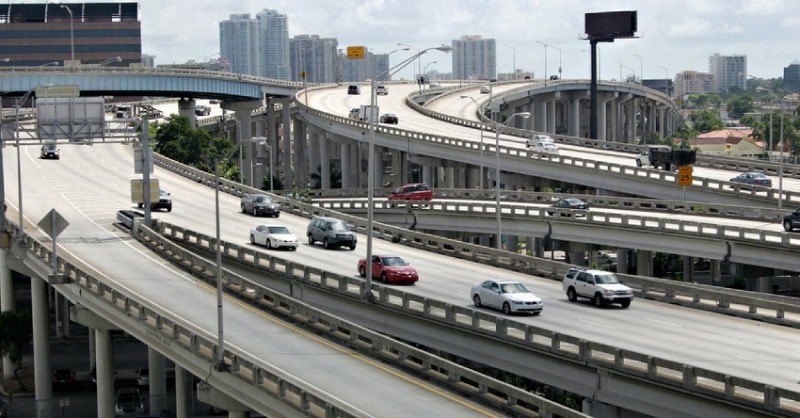
Today marks a significant milestone in transportation as Prime Minister Modi inaugurates a section of the Dwarka Expressway connecting Delhi to Gurgaon, Haryana. This elevated highway, spanning from Dwarka in Delhi to Kherki Daula Toll Plaza in Gurgaon, promises faster and smoother travel, with an expected travel time of only 30 minutes.
The newly opened section of the expressway boasts several remarkable features, including underpasses, flyovers, tunnels, and elevated structures. By providing an alternative route between Delhi and Gurgaon, it aims to alleviate traffic congestion on the existing Delhi-Gurgaon Expressway.
One of the highlights of this project is its innovative design. The Gurgaon section, covering 19 kilometers with 8 lanes, is constructed on a single pier. This design not only optimizes land usage but also accommodates wider service roads to handle high traffic volumes efficiently. Moreover, strict regulations prohibit any development along the expressway's path, ensuring smooth traffic flow.
In Delhi, near the Indira Gandhi International Airport, an 8-lane, 3.6-kilometer tunnel has been constructed to maintain security and avoid interference with airport radar systems. Despite logistical challenges, including ensuring commuter safety with emergency exits and dedicated control rooms, the tunnel promises to facilitate seamless travel for the approximately 40,000 vehicles passing through daily.
The expressway's unique design, with 75% of its stretch elevated, separates expressway traffic from city traffic, promising faster speeds and smoother flow. Intersections operate on three levels, comprising the elevated expressway, surface roads, and underpasses, aimed at enhancing traffic efficiency and reducing congestion.
As part of the inauguration, the Prime Minister will open the 19-kilometer Gurgaon section of the Dwarka Expressway, while the remaining 9.5 kilometers in the Delhi section will open later this year. The project includes the country's first 4-level interchanges at strategic locations, catering to future traffic demands.
The Dwarka Expressway project, initially proposed by the Haryana government in 2006, faced delays due to land acquisition issues and legal battles. However, recognizing the growing demand for housing in the New Gurgaon area and the necessity for improved connectivity, the National Highways Authority of India (NHAI) intervened. In 2016, it was declared a national highway, leading to a redesigned project that commenced construction in March 2019.
Looking ahead, the Dwarka Expressway is poised to become a vital link between Delhi and Gurgaon, easing traffic congestion and significantly reducing travel time. With two access points on the NH8 and innovative design features, it promises to meet the region's transportation needs for the next 25 years.
Furthermore, Union highways minister Nitin Gadkari has indicated that the Delhi-Gurgaon expressway may not have a toll plaza once fully operational, with plans to avoid setting up new toll plazas near cities and industrial areas. However, the decision regarding a 34-lane toll plaza on the border is yet to be confirmed.
PM Modi to Inaugurate Dwarka Expressway Today: Delhi Traffic Advisory and Alternate Routes
PM Modi inaugurates Rs 980 crore Sudarshan Setu at Dwarkadhish temple